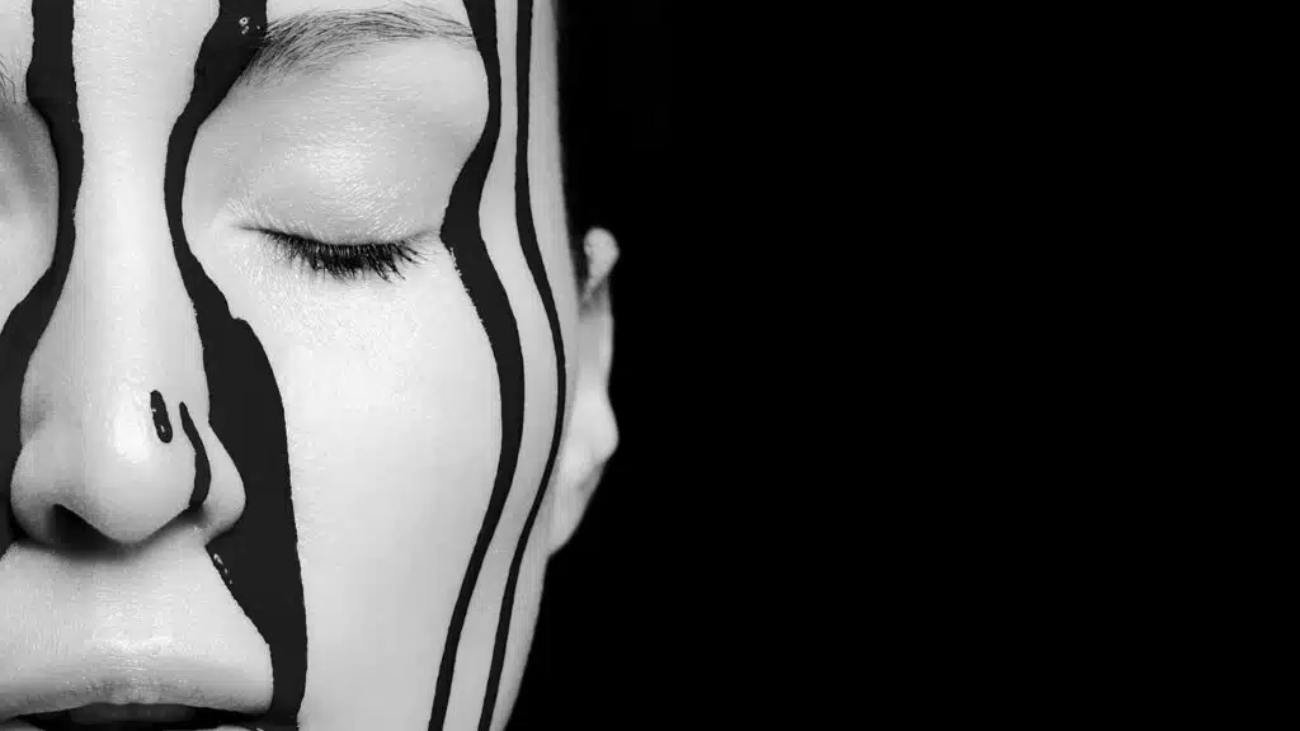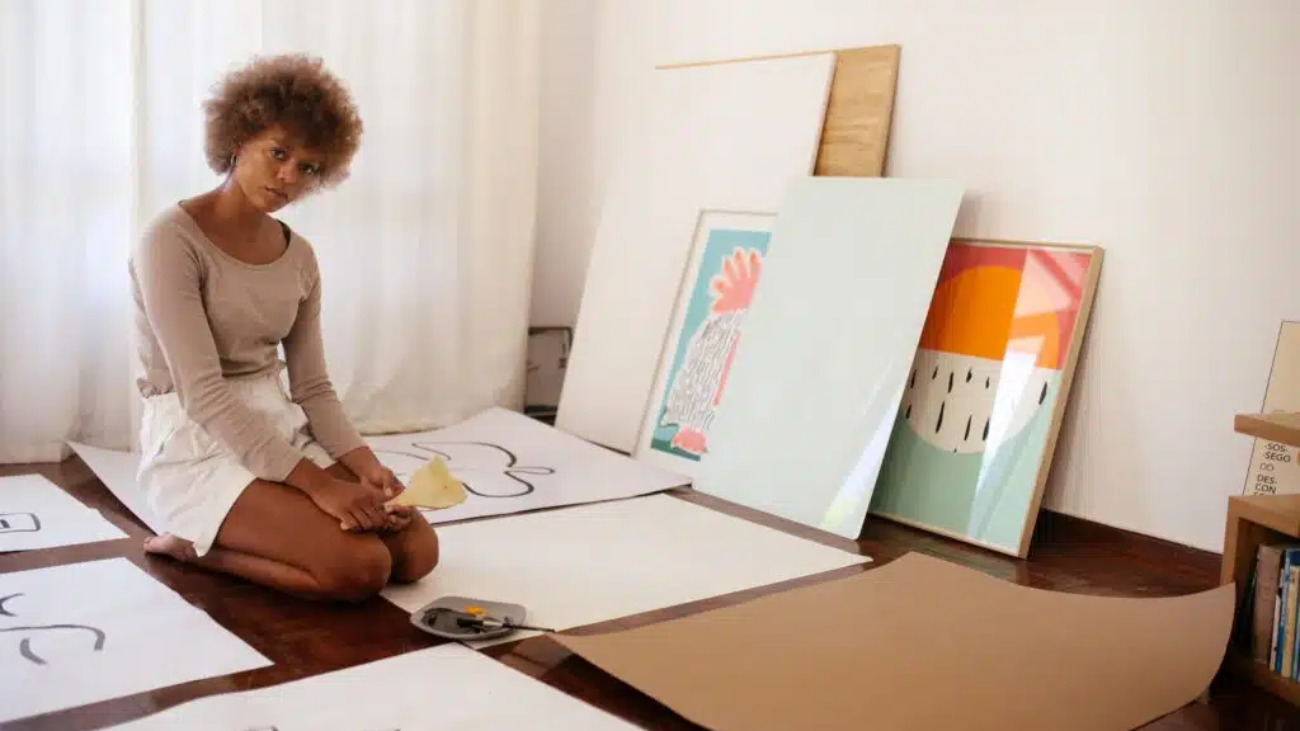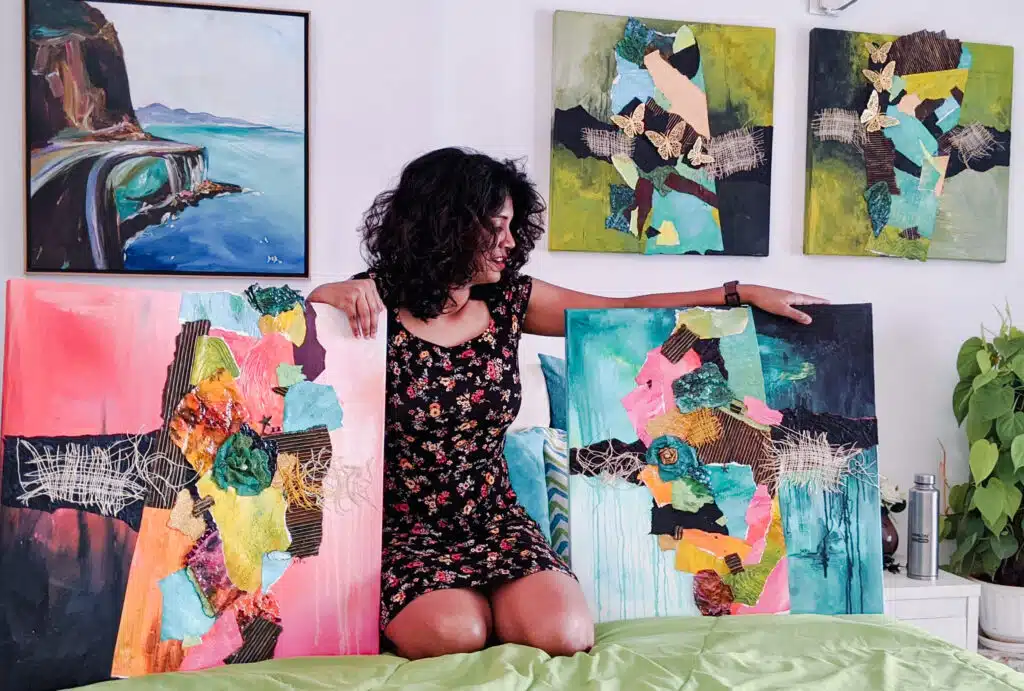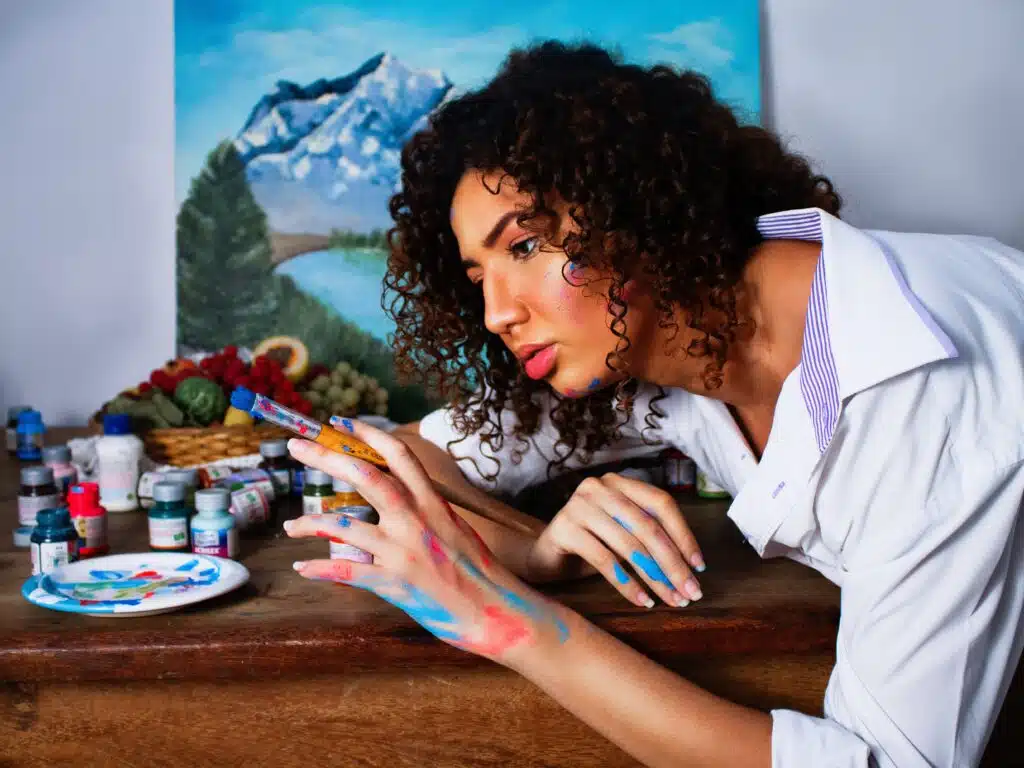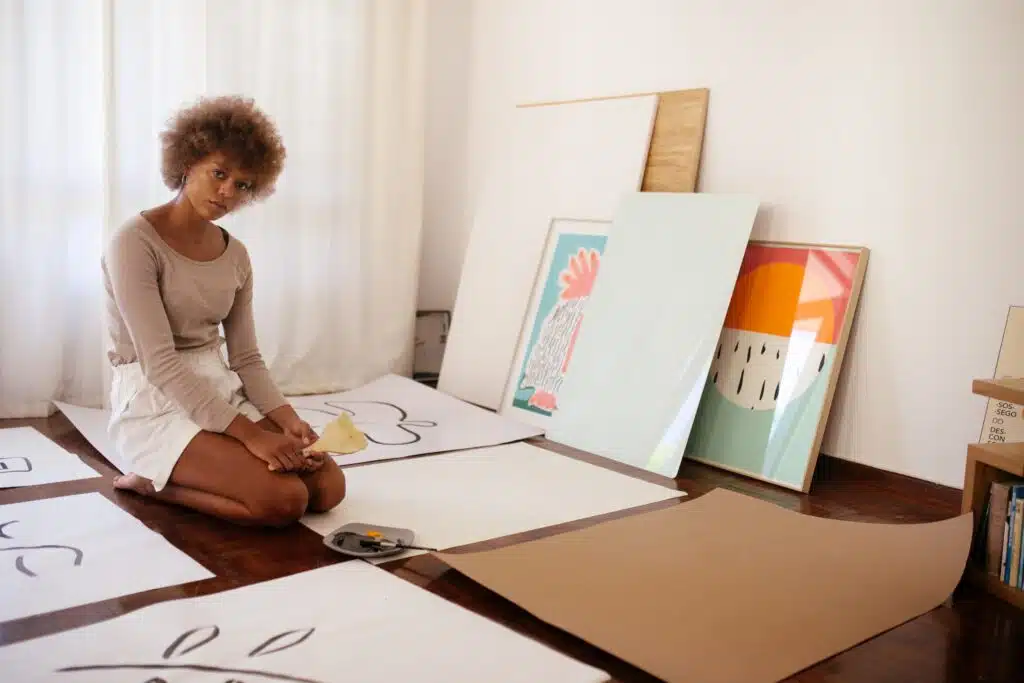Creativity is a powerful force that resides within every individual. It is a wellspring of innovation, self-expression, and personal growth.
However, despite its universal presence, many of us fall victim to the lies we tell ourselves about creativity. These deceptive beliefs hold us back from fully embracing our creative potential.
In this blog post, we will shed light on some of the common misconceptions and debunk the lies we often tell ourselves about creativity.
Lie 1: “I’m not a creative person.”
One of the most damaging lies we can believe is that creativity is exclusive to a select few individuals who possess innate artistic talents.
The truth is that creativity exists in various forms and is not limited to traditional artistic pursuits. It manifests in problem-solving, critical thinking, and innovative ideas across all aspects of life.
Embrace the fact that creativity is a human trait, and each of us has the capacity to tap into it.
Lie 2: “Creativity Is a Luxurious Pursuit; I Simply Don’t Have the Time.”
In our fast-paced, productivity-driven society, we often prioritize practicality over creative pursuits. We convince ourselves that creativity is a luxury we can’t afford in our busy lives.
However, this belief stifles our imagination and robs us of the joy that comes from self-expression.
Creativity is not a time-consuming endeavor; it can be integrated into our daily routines in small yet meaningful ways. By setting aside even a few minutes each day to engage in a creative practice, we can unlock our creative potential and enrich our lives.
Lie 3: “Only Naturally Talented Individuals Can Be Creative.”
Another common misconception is that creativity is bestowed upon a chosen few with inherent artistic abilities.
This belief undermines the truth that creativity is a skill that can be developed and nurtured through practice and perseverance.
While some individuals may possess a natural inclination towards certain creative pursuits, anyone can cultivate their creativity through learning, experimentation, and a willingness to embrace the unknown. It’s not about talent; it’s about dedication and a willingness to explore.
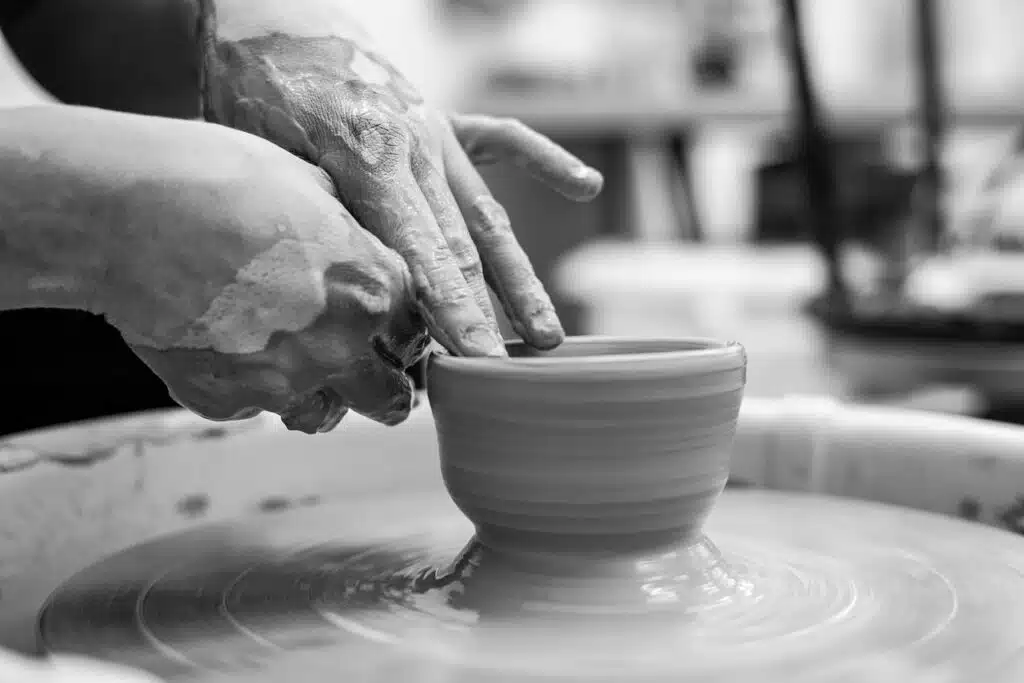
Lie 4: “Creativity Is Superficial; It Lacks Practical Value.”
There is a prevailing notion that creativity is superfluous, lacking practicality or real-world value. This belief couldn’t be further from the truth.
Creativity plays a vital role in problem-solving, innovation, and personal growth. It allows us to approach challenges from different perspectives, find unique solutions, and bring fresh ideas to the table.
Embracing our creativity opens doors to new opportunities and fosters a sense of fulfillment and self-discovery.
Lie 5: “Creativity requires external validation.”
Many of us fall into the trap of seeking external validation for our creative endeavors. We believe that our creations are only valuable if others appreciate and applaud them.
This mindset can stifle our creative freedom and dampen our authentic expression.
True creativity comes from within, driven by personal passion and self-belief. By letting go of the need for external validation, we free ourselves to create art that is true to our unique perspectives and experiences.
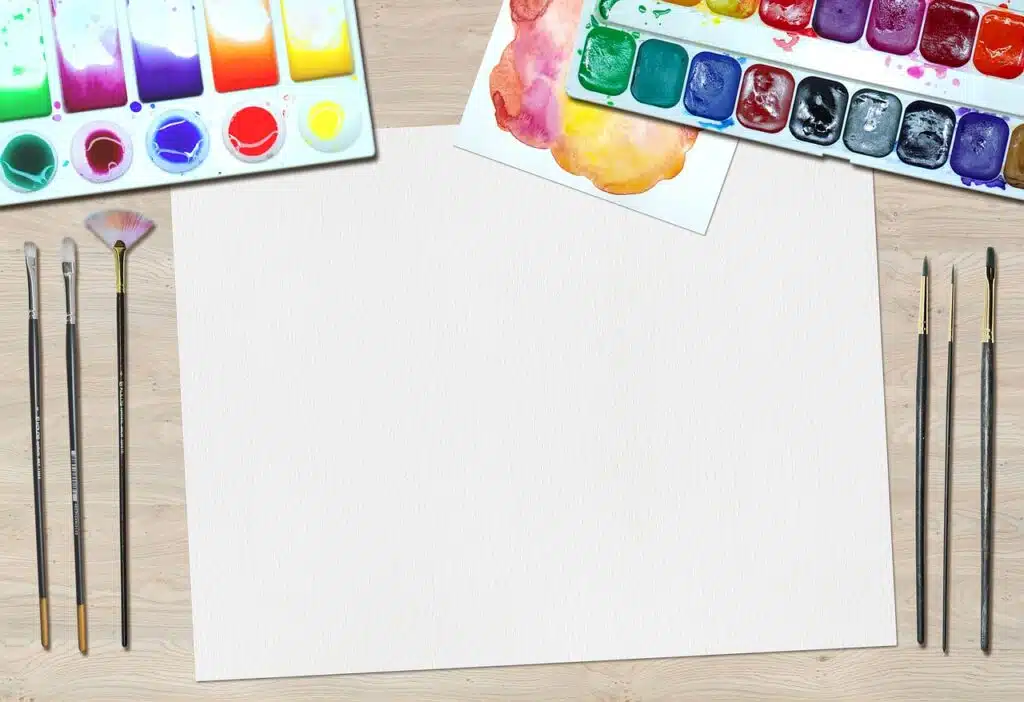
Lie 6: “Creativity is for children; it diminishes with age.”
Somewhere along the way, many of us have come to believe that creativity is something reserved for childhood and fades away as we grow older.
However, creativity knows no age limits. In fact, with life experiences and wisdom, our creativity can deepen and take on new dimensions.
Embrace the truth that creativity can flourish at any stage of life, and each chapter of your journey brings unique insights to your creative expression.
Lie 7: “I need to be inspired to be creative.”
Waiting for inspiration to strike before engaging in creative activities can be a trap. While inspiration is undoubtedly a wonderful catalyst, relying solely on it can lead to stagnation.
The truth is that creativity is often born out of action. By showing up and actively engaging in creative pursuits, even when you don’t feel inspired, you open the door for inspiration to find you in unexpected moments.
Lie 8: “I have to follow the rules.”
While learning the fundamentals of any art form is essential, rigidly adhering to rules can stifle your creativity. Fear of breaking conventions or stepping outside the lines can hamper your creative growth.
Allow yourself the freedom to explore and experiment. Break rules purposefully to discover new techniques and unleash your creativity’s full potential.
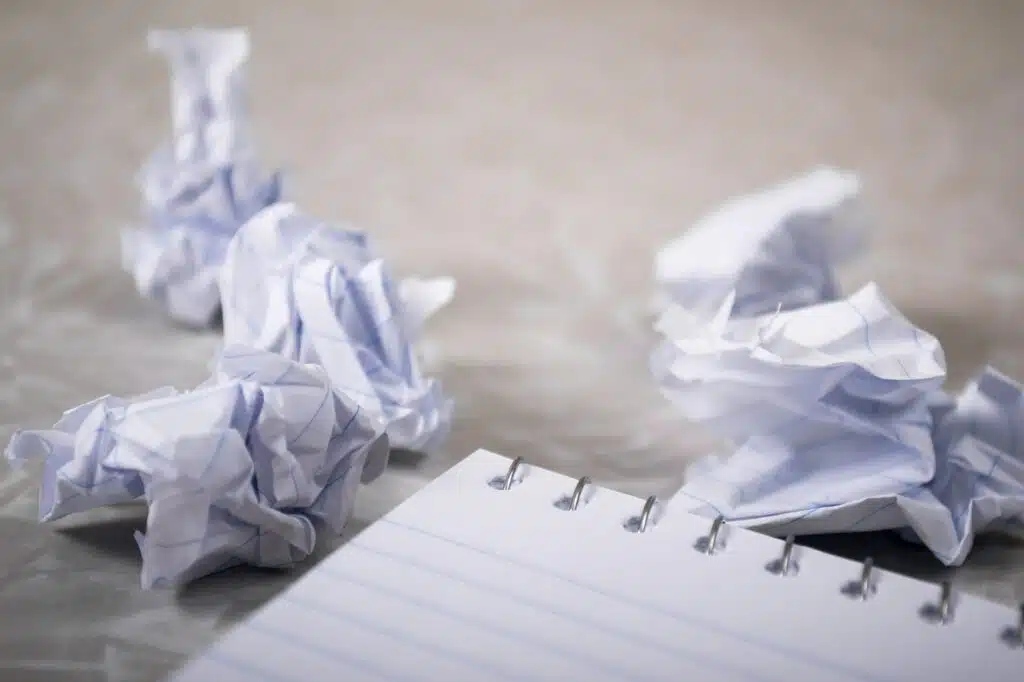
Lie 9: “My creativity should look like someone else’s.”
Comparison is the thief of joy, and in the realm of creativity, it can be particularly damaging. Believing that your creativity should mirror someone else’s style or achievements diminishes your unique voice.
Embrace the truth that your creativity is an extension of your personality and experiences. Celebrate your individuality and let your authentic self shine through in your creative expressions.
Lie 10: “I must always be original.”
The pressure to be completely original can be overwhelming and paralyzing. The truth is that creativity often involves building upon existing ideas and influences.
Great artists throughout history have drawn inspiration from their predecessors and peers. Embrace the idea that creativity is a collective process and be open to incorporating diverse influences into your work.

